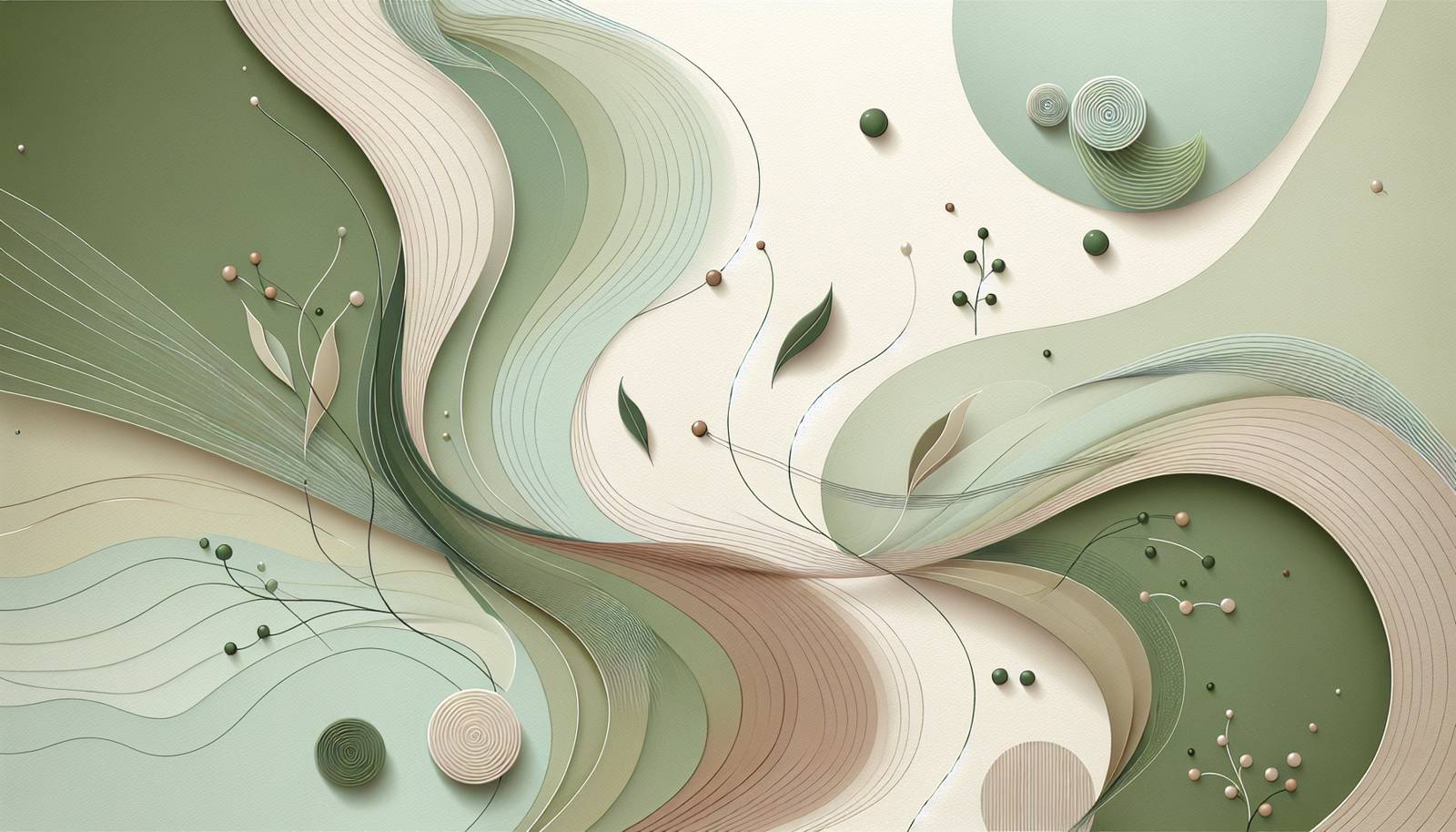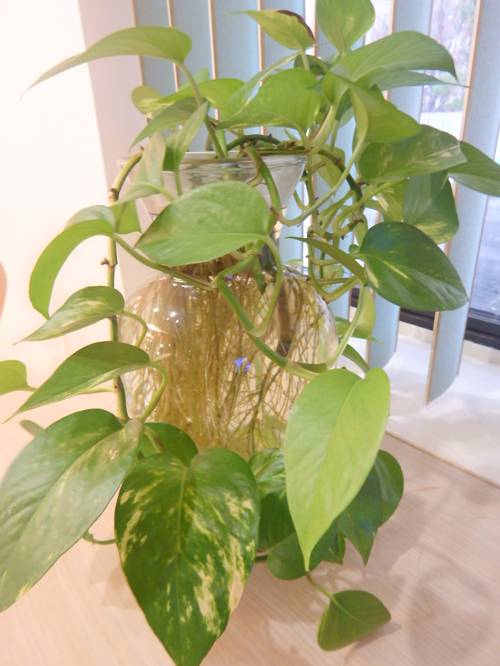
FAQ About Indoor Plant Self-Watering Solutions

What are indoor plant self-watering solutions?
Indoor plant self-watering solutions are systems or devices designed to provide automatic hydration to plants without the need for daily intervention. These systems can include self-watering pots, wicking systems, and automatic drip irrigation setups. They help maintain consistent moisture levels, which can be beneficial if you are often away from home or have a busy lifestyle.

How do self-watering pots work?
Self-watering pots typically contain a water reservoir at the bottom of the pot that can hold water for extended periods. A wick or similar mechanism draws water from this reservoir up to the plant's roots as needed, ensuring a consistent level of moisture without overwatering. This design allows the plant to take up water at its own pace.

Are self-watering systems suitable for all types of indoor plants?
Most self-watering systems are suitable for a wide variety of indoor plants, particularly those that prefer consistently moist soil, such as tropical plants and certain herbs. However, some plants that prefer dry conditions, like succulents and cacti, may not be well-suited for self-watering systems as these systems may retain more moisture than needed.

Can a self-watering solution prevent overwatering?
A self-watering solution can greatly reduce the risk of overwatering by providing water only as needed. These systems are designed to let the plant draw up water naturally when the soil becomes dry. However, overwatering can still occur if the reservoir is always kept full without allowing the soil to dry out periodically.

How do I choose the best self-watering system for my indoor plants?
Choosing the best self-watering system depends on several factors, including the type of plants you have, their water requirements, and the size of your pots. You should also consider the frequency of your absence and your budget. Wicking systems are generally low-cost and easy to set up, while more sophisticated systems like automated drip irrigation may require a higher investment.

Are there DIY options for creating self-watering systems?
Yes, there are several DIY options for creating self-watering systems. Common methods include using a plastic bottle as a reservoir and inserting a wick or constructing a drip system using tubing. DIY systems can be customized to suit the specific needs of your plants, and they can be a cost-effective option.

How much maintenance do self-watering systems require?
Self-watering systems typically require minimal maintenance compared to traditional watering. Regular tasks include checking and refilling the water reservoir, ensuring the wicking mechanism or tubing is not clogged, and occasionally cleaning the system to prevent algae or mold growth.

Can self-watering pots cause mold growth?
While self-watering pots help maintain consistent soil moisture, the presence of constant moisture can sometimes promote mold growth, especially if placed in low-light conditions. To prevent mold, it's essential to ensure good air circulation and sunlight, and to periodically allow the upper soil layers to dry out.

What materials are commonly used in self-watering pots?
Self-watering pots are typically made from durable materials like plastic, ceramic, or metal. The choice of material can influence heat retention, durability, and aesthetic appeal. Plastic pots are lightweight and cost-effective, while ceramic pots are stylish and provide good insulation for roots.

How does a wicking system work for self-watering?
In a wicking system, a wick made of absorbent material, such as cotton or nylon, transfers water from a reservoir to the plant's soil. The wick is inserted into the soil and the other end is placed in the water. Water travels up the wick through capillary action, ensuring that the plant receives water as needed based on soil moisture levels.

Can self-watering systems be used for large indoor plants?
Yes, self-watering systems can be adapted for larger indoor plants. For larger plants, ensure the self-watering pot or system has a sufficiently large reservoir to meet the water needs between refills. More sophisticated systems, like automatic drip irrigation, can be particularly effective for larger plants.

Do self-watering systems save water compared to traditional watering methods?
Self-watering systems can save water by delivering moisture directly to the roots, minimizing waste through evaporation or runoff. These systems provide just enough water to maintain consistent moisture, reducing the overall water usage compared to traditional methods where over-watering is more common.

How often should I refill the water reservoir in a self-watering pot?
The frequency of refilling the reservoir depends on the plant species, the size of the plant, and environmental conditions such as temperature and humidity. Typically, a reservoir may need refilling every one to three weeks. Monitoring the soil moisture and reservoir level can help determine the ideal refill schedule.

Can a self-watering system be adapted for outdoor use?
Many self-watering systems that are designed for indoor use can also be adapted for outdoor plants, especially for container gardening. However, factors such as exposure to elements, larger water needs, and potential for greater evaporation should be considered, potentially necessitating a larger or more robust system.

Are automatic drip irrigation systems suitable for all indoor plants?
Automatic drip irrigation systems can be tailored to suit a wide variety of indoor plants, providing precise amounts of water directly to the roots. These systems are highly effective for plants with consistent water needs but may need adjustments or careful monitoring for plants with specific or varying moisture requirements.

How reliable are self-watering systems when I'm on vacation?
Self-watering systems are generally reliable for short to moderate absences, such as vacations. They are designed to provide consistent moisture, significantly reducing the risk of under-watering your plants. For longer absences, ensuring a larger water reservoir or consulting a neighbor for occasional checks might be beneficial.

What are the potential downsides of using a self-watering system?
Potential downsides of self-watering systems include the risk of root rot if the soil remains too moist, the development of mold, or algae growth in reservoirs. Additionally, not all plants may thrive with this system, particularly those accustomed to drier conditions. Regular maintenance and monitoring can mitigate some of these issues.

Can I use tap water in self-watering systems?
Tap water can be used in self-watering systems, although it's important to consider the water quality, including hardness and chlorine content, which could affect plant health over time. In areas with poor tap water quality, using filtered or rainwater might be a better option for sensitive plants.

How long can a self-watering system sustain plants without manual intervention?
The duration a self-watering system can sustain plants without manual intervention depends largely on the size of the water reservoir, the water needs of the plants, and environmental conditions. Systems can generally maintain plants for one to several weeks without need for human involvement.

Are there eco-friendly options for self-watering systems?
Yes, eco-friendly self-watering systems are available, often made from recycled materials or designed to be energy-efficient. DIY systems using recycled containers or natural wicking materials are also environmentally friendly choices. When choosing a system, consider its impact on the environment in terms of both materials and water conservation.
